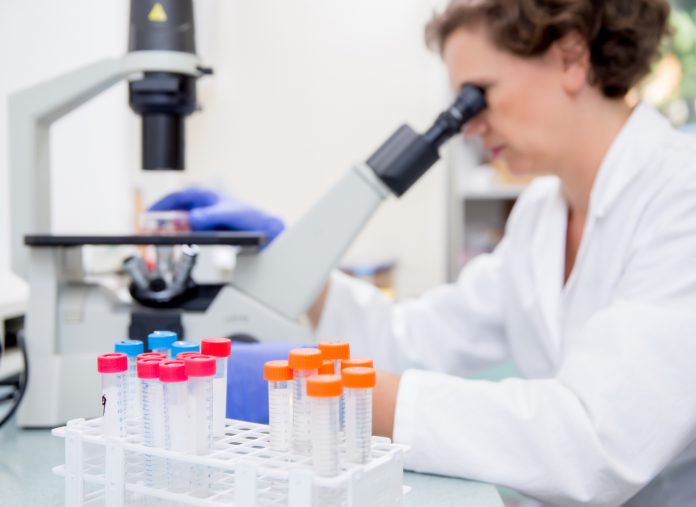A new breakthrough method using Raman scattering and a gold grid can conduct detect individual nanoplastic detection in milliseconds
TU Wien’s research group, Sarah Skoff, devised a novel approach using Raman scattering, a well-established chemical analysis principle. Illuminating molecules with a laser beam cause vibrations, with part of the laser energy re-emitted as light.
The innovative raman scattering technique has paved the way for new environmental analysis devices, which is ultimately a huge breakthrough method.
The challenge of nanoplastics
Microplastics are a known environmental concern, but the impact of even smaller particles, nanoplastics, has been elusive due to their difficulty in detection.
Nanoplastics, with a diameter below one micrometre, can pose significant risks as they can be absorbed by living cells.
Enhancing detection with the gold grid
To overcome the limitations of conventional Raman spectroscopy, the team adapted a technique involving a gold grid. The metal grid acts as an antenna, intensifying the interaction between molecules and the laser light.
This amplification dramatically improves the sensitivity of the method.
Swift and precise detection of nanoplastics
The team significantly accelerated the detection process by targeting the characteristic wavelengths of nanoplastic particles. Whereas traditional methods require ten seconds to obtain a single image pixel, the new technique achieves the same in milliseconds.
Nanoplastic particles can now be reliably detected, even at deficient concentrations, enabling the detection of individual particles.
Nanoplastics in biological and environmentally relevant samples
With the successful demonstration of the novel physical principle, the TU Wien team aims to explore further applications, such as detecting nanoplastics in biological and environmentally relevant samples like blood.
Ultimately, this breakthrough sets the foundation for developing portable measurement devices that can analyse samples directly in nature beyond the confines of a laboratory.
Revolutionising microplastic study
With the advent of TU Wien’s cutting-edge method using Raman scattering and a gold grid, nanoplastic detection has never been quicker or more precise.
This breakthrough lays the groundwork for innovative measurement devices, promising real-time analysis of environmental and biological samples directly in nature.











